Anypoint Platform Control Plane
In this article, we will work to understand the Anypoint Platform Control Plane and its various components.
Join the DZone community and get the full member experience.
Join For FreeWhat Is the Anypoint Platform?
The Anypoint Platform is an iPaaS (Platform as a Service) Solution from Mulesoft where you can create, manage, discover, secure and deploy your API and connect your application to form a structured application network.
It is further classified into two different sections:
- Control Plane
- Runtime Plane
In this article, we will work to understand what the Control Plane is, and what falls under it.
What Is Control Plane?
Control plane is a web application that helps in controlling different features of the Anypoint Platform (design center, exchange, and management center).
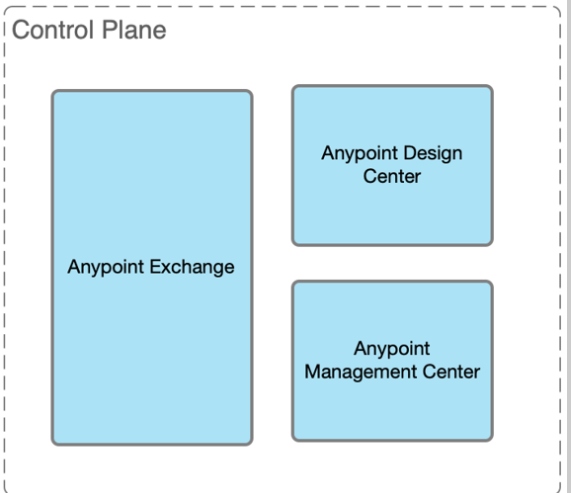
1. Design Center
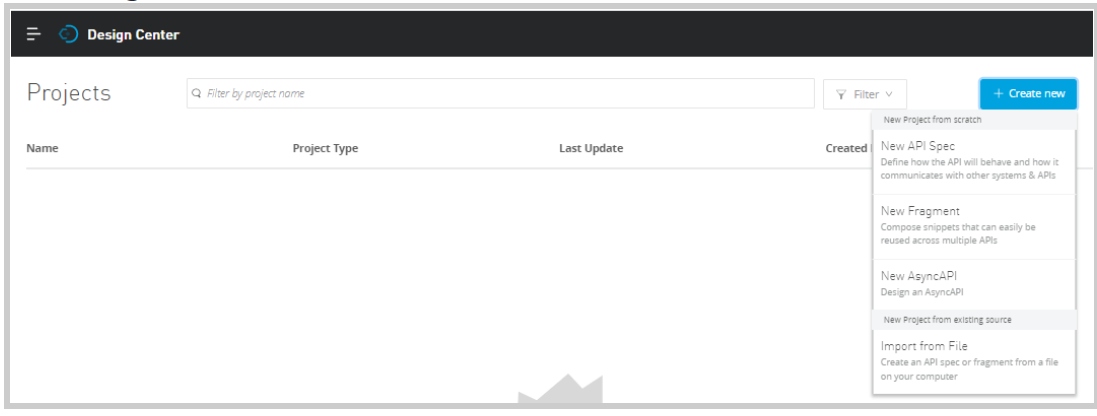
API Designer:
This enables you to create API specifications and API fragments using modeling language (RAML/OAS).
This can be done either text-based (where you need to type the code) or visual-based (a point and click interface).
Flow Designer:
This enables you to create basic Mule API with simple business logic, as it does not support connectors such as API Kit Router, Exception Handling, Router etc., for which make use of Anypoint Studio.
2. Exchange
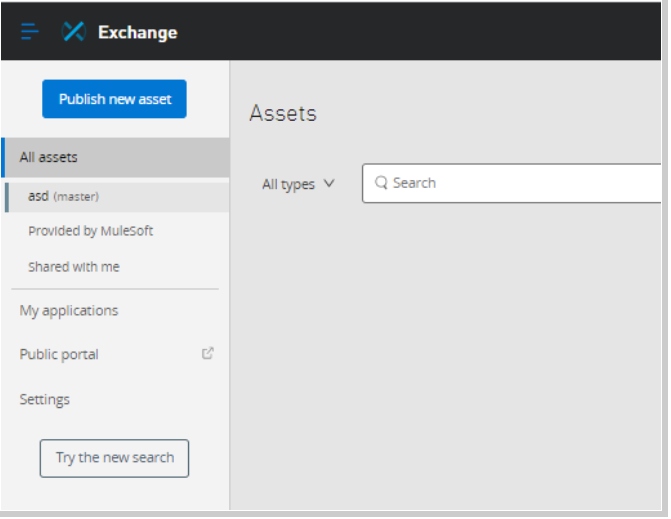
Here you can share, import, and discover assets/resources in your application.
It also helps you to create a portal where you can check the API spec, do mock testing and documentation.
You can make your asset public or private.
- Public Portal: The asset will be visible to developers outside your organization. Can also use API Community Manager to perform customizations.
- Private Portal: Asset is only visible to internal developers.
3. Management Center
This is the place from where you can manage your Application, User, Access Rights, Roles, Deployment, Logs, etc. Let's see each of these sections now.
API Manager:
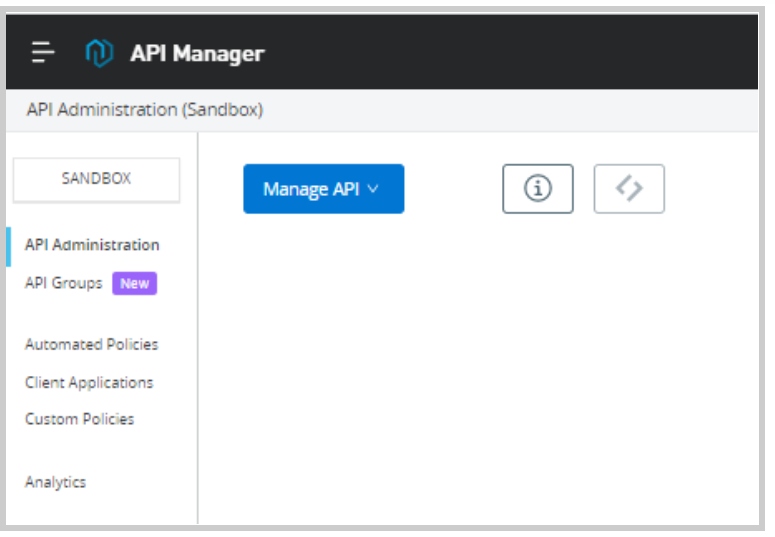
This is the place where you can do API Management.
- Create API proxies.
- Apply API policies both predefined and any custom policy you have created.
- You can also create API Groups here.
Runtime Manager:
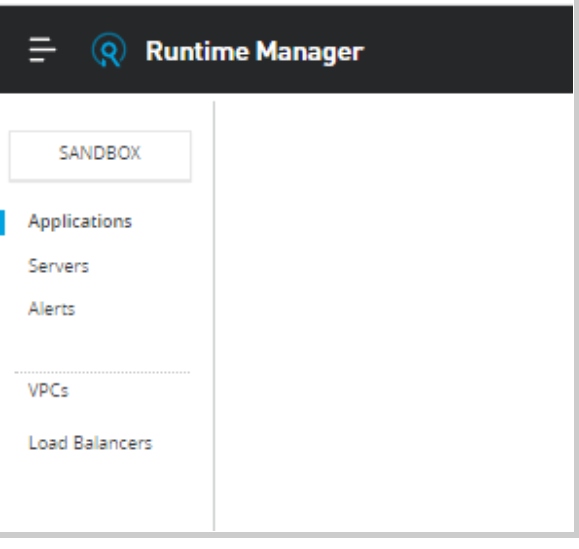
Here you can manage Application Deployment for CloudHub, Customer Hosted, and RTF. You can also:
- Setup VPC, VPN, and DLB.
- Check Application logs and other deployment configurations.
- Create server, Group, and Clusters.
- Create Alert Notification for Mule application.
Access Management:
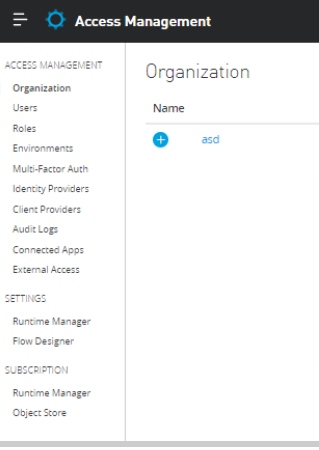
You can manage user Roles and Permission, Manage Organization, Enable Multifactor Authentication, Add and Manage Client and Identity provider. You can also:
- Create Connected APP.
- Check your Subscription information about v-Cores, VPC, etc.
- Check audit logs.
Partner Manager:

- This is used for B2B Integration.
- Here you can perform EDI-related transactions and transformations.
- This does not come in a trial account.
Anypoint Monitoring:
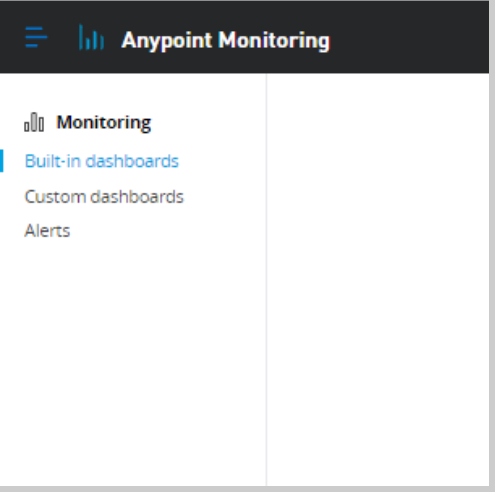
Here you can monitor your application by clicking checking memory usage, no of an incoming request, CPU Utilization, etc. by creating a custom dashboard or using the built-in dashboard features as well.
Also, you can manage alerts.
Secrets Manager:

- Manage Certificates, Keystore, and Truststore configuration.
- Manage Shared Secret keys eg. Username/Password.
- Manage TLS configuration.
Visualizer:
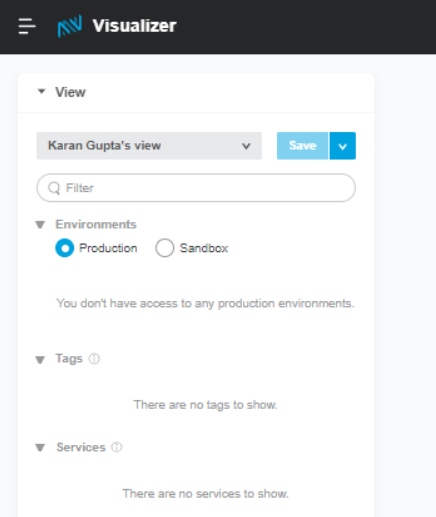
Here you can visualize the Mule Application Network; i.e. the layering of System, Process, and Experience API.
Opinions expressed by DZone contributors are their own.

Comments